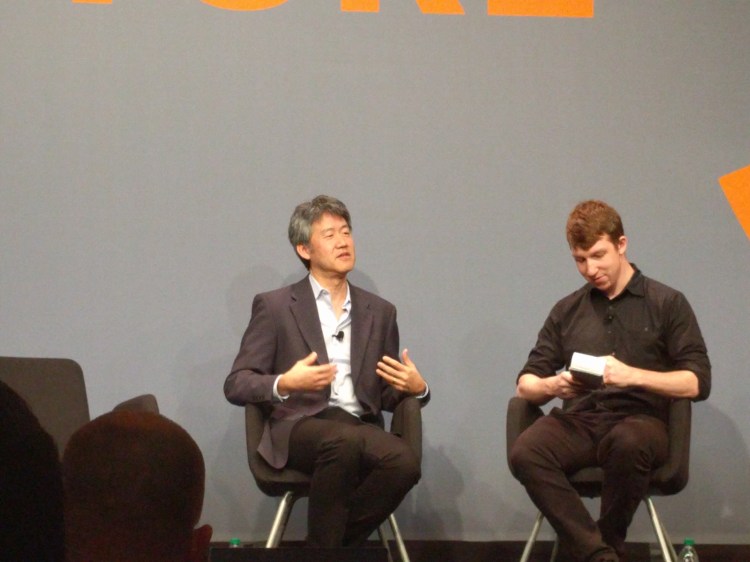Microsoft spends a lot of time and money developing many technologies that could end up being part of the company’s next products. For instance, the company has many researchers working on artificial intelligence, which powers real-time speech translation with Skype Translator. But one area stands out for Peter Lee, the corporate vice president of Microsoft Research.
That area is quantum computing, which works with quantum bits, or qubits — each of which can be zero or one or both — instead of the bits used by classical computers. The superposition of these qubits enable machines to make great numbers of computations simultaneously, making a quantum computer highly desirable for certain types of processes.
“Quantum computing is stupendously exciting right now. At least at my part of Microsoft Research, it’s the largest area of investment, and we just have the sense that we’re on the verge of major scientific achievements. … There’s just hope and optimism those scientific achievements will lead to practical outcomes. It’s hard to know when and where,” Lee said today in an interview with Bloomberg’s Jack Clark at the Structure Data conference in San Francisco.
Microsoft doesn’t talk very often about its progress in quantum computing. But in 2014 the company revealed its “Station Q” group located on the University of California, Santa Barbara, campus, which has focused on quantum computing since its establishment a decade ago.
That happened about a year after Google announced that it had partnered with the NASA Ames Research Center to buy and operate quantum computing hardware from D-Wave Systems. In December, Google shared research results showing the machine could perform a computation 100 million times faster than a regular computer chip. But Microsoft has not said much about its progress in this area since then.
Today Lee said that he has explained quantum computing research to Microsoft chief executive Satya Nadella by comparing it with speech processing. In that field, Microsoft researchers worked “so hard for a decade with no practical improvement,” he said, but then, the ascent of deep learning — a type of artificial intelligence — brought about considerable leaps forward in speech recognition. (See for example Cortana and Skype Translator.)
And indeed, Microsoft seems to be also making progress in its research and development on quantum computing.
“With quantum, we’ve made just gigantic advancements making semiconductor interfacing, allowing semiconductor materials to operate as though they were superconducting,” Lee said. “What that means, just to boil it down, is the possibility of semiconductors that can operate at extremely high clock rates with very, very little or no heat dissipation. It’s just really spectacular.”
More information on Microsoft’s quantum computing research can be found here.


